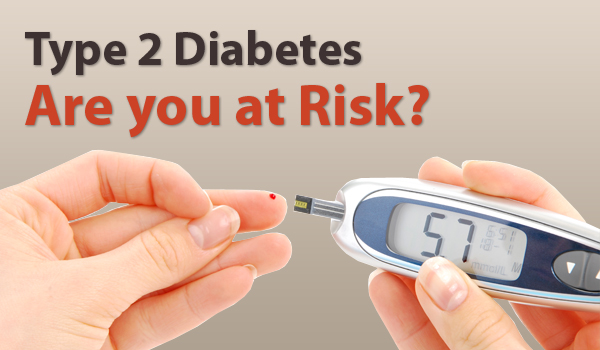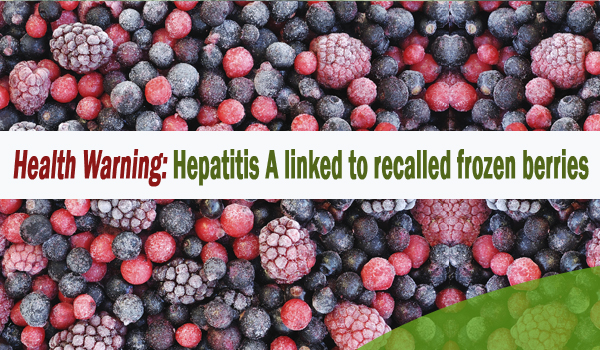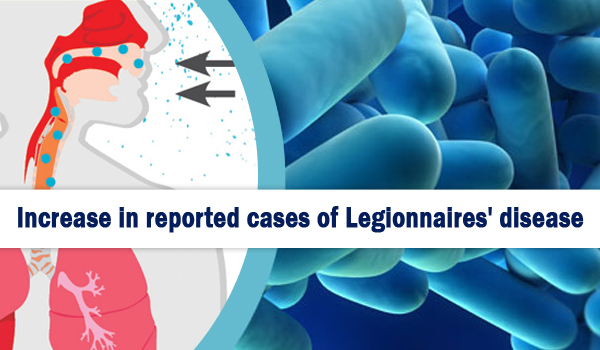“Skin cancer is by far the most commonly diagnosed cancer in Victoria – but it doesn’t have to be.
“If we slip on clothing, slop on sunscreen, slap on a hat, seek shade and slide on sunglasses, we can protect ourselves from UV damage.
We spend more time in the sun than we think, and how all these unprotected moments allow UV damage to add up, resulting in skin cancer.
“We cannot afford to be complacent. On a fine summer’s day in Melbourne, skin can burn in as little as 11 minutes. Over time, these small portions of UV damage add up to increase our risk of skin cancer.”
New data from the Victorian Cancer Registry shows 2,712 new melanoma diagnoses were made in 2015. Melanoma also resulted in most of the 516 deaths from skin cancer that year.
However, one-third of deaths from common skin cancer were a result of common skin cancers known as basal cell carcinomas (BCC) and squamous cell carcinomas (SCCs).
While the prevalence of these skin cancers makes them too numerous to record via the Registry, Medicare records indicate 99,592 of these common skin cancers were treated in Victoria in one year.
Despite the prevalence of the disease, SunSmart Ambassador Catherine Andrews said most skin cancers were preventable.
Most people get some vitamin D from sunlight. When the sun shines on your bare skin, your body makes its own vitamin D. But you probably need more than that. Fair-skinned people might get enough in 5-10 minutes on a sunny day, a few times a week. But cloudy days, the low light of winter, and the use of sunblock (important to avoid skin cancer and skin ageing) all interfere. Older people and those with darker skin tones don’t make as much from sun exposure. Experts say it’s better to rely on food and supplements.
Using sunscreen can interfere with getting vitamin D, but abandoning sunscreen can significantly increase your risk for skin cancer. So it’s worth looking for other sources of vitamin D in place of prolonged, unprotected exposure to the sun.
Problems converting vitamin D from food or sunshine can set you up for a deficiency. Factors that increase your risk include:
- Age 50 or older
- Dark skin
- A northern home
- Overweight, obese, gastric bypass surgery
- Milk allergy or lactose intolerance
- Liver or digestive diseases, such as Crohn’s disease or celiac
Testing Your Vitamin D Level
There’s a simple blood test used to check your vitamin D level, called the 25-hydroxyvitamin D test. Current guidelines by the Institute of Medicine set a blood level of 20 nanograms per millilitre (ng/mL) as a goal for good bone health and overall health. However, some doctors say people should go higher, to about 30 ng/mL to get the full health benefits of vitamin D.
For more health tips check links below








